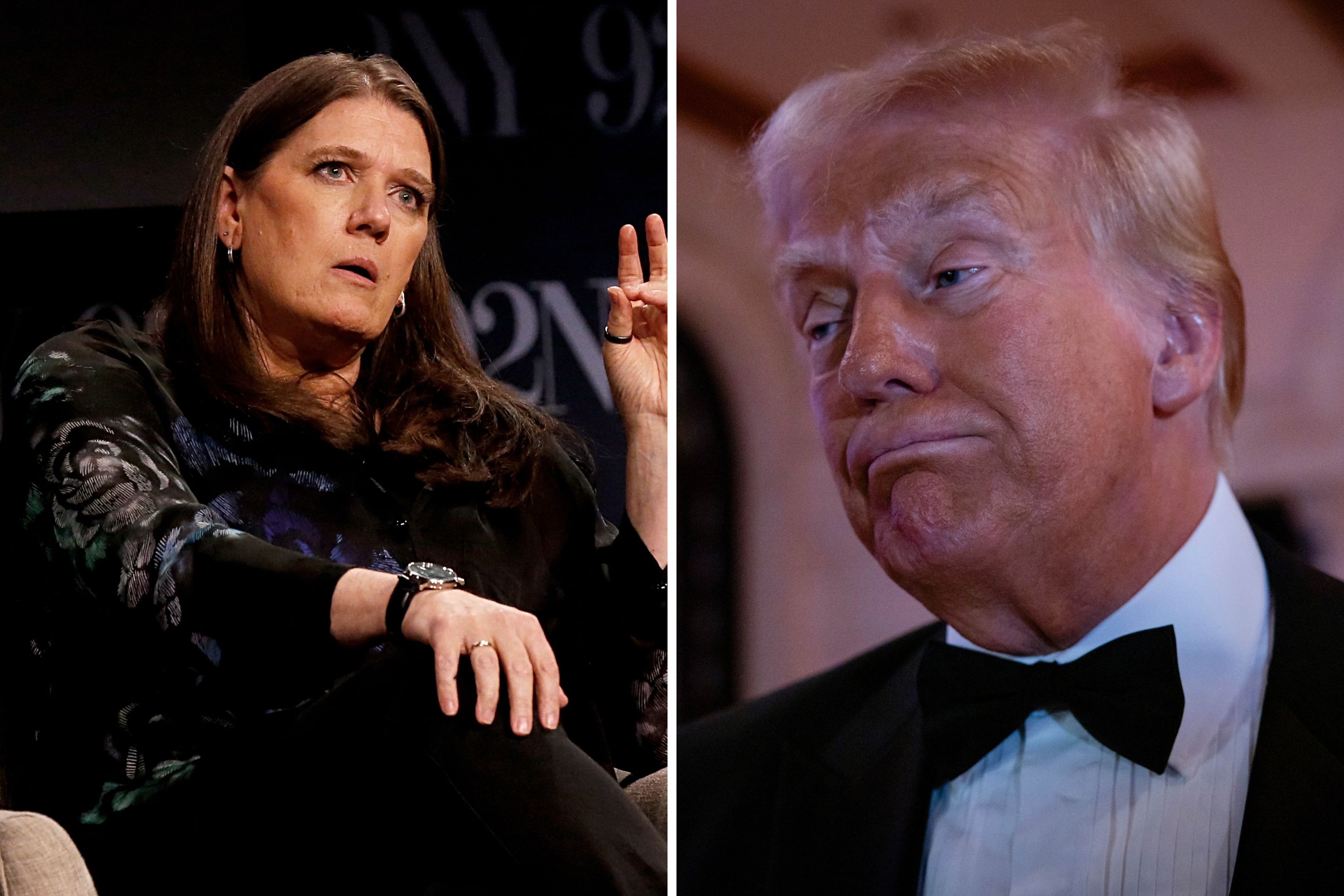The US economy grew slightly slower than expected in the third-quarter amid easing inflation and strong consumer spending.
The Commerce Department’s Bureau of Economic Analysis released its advance estimate for third-quarter gross domestic product (GDP), which found the US economy grew at an annual rate of 2.8% in the third-quarter, which runs from July through September.
Economists surveyed by LSEG had expected the economy to grow at a 3% rate in the quarter. The report also finalized second-quarter growth at 3%.
Consumer spending, which accounts for about two-thirds of GDP, was up 3.7% in the third-quarter and accelerated from 2.8% in the second-quarter.
Business investment rose by 0.3% in the third-quarter as private inventory investment slowed and residential fixed investment decreased more significantly.
The report showed that current-dollar personal income increased by $221.3 billion in the third-quarter, a smaller rise than the $315.7 billion in the second-quarter – with the increase primarily reflecting a rise in compensation.
Disposable personal income rose by $166 billion, or 3.1%, in the third-quarter after it rose by $260.4 billion, or 5%, in the prior quarter.
Personal saving was $1.04 trillion in the third-quarter, down slightly from $1.13 trillion in the second-quarter, while the personal saving rate also declined from a quarter ago – coming in at 4.8% in the third-quarter compared to 5.2% in the previous quarter.
“The increase in Q3 GDP is even better than it appears as real final sales to domestic purchasers matched their largest gain since the first three months of 2023,” said Ryan Sweet, chief US economist at Oxford Economics.
“Though GDP is backward-looking, it sends a clear message that the economy is doing well, and inflation is moderating, good news for the Federal Reserve.”
The Federal Reserve is scheduled to meet next week and is expected to announce a 25 basis point cut to interest rates after it began this rate-cutting cycle with a 50 basis point cut in September.
Stronger than expected labor market and inflation data over the last month has caused markets to move away from expecting another 50 basis point cut to anticipating a smaller cut in November.
“We don’t expect that Q3 GDP to alter the Fed’s calculus for its November meeting and the forecast remains for a 25bp cut. If the data continues to come in stronger than anticipated, however, the Fed could start floating trial balloons about the possibility of skipping a rate cut in December. For now, we are sticking with our forecast for a rate cut in December,” Sweet said.















